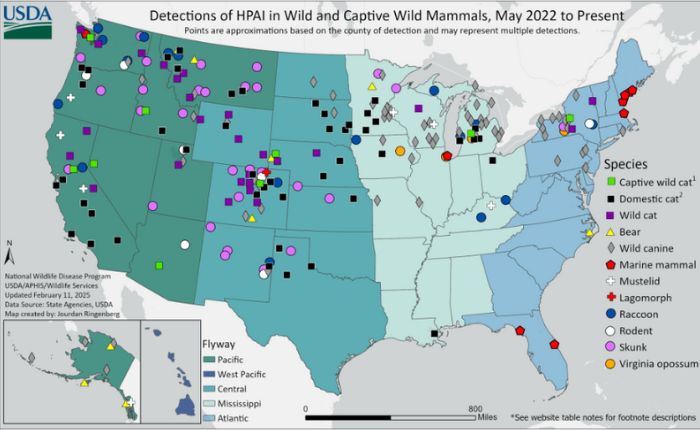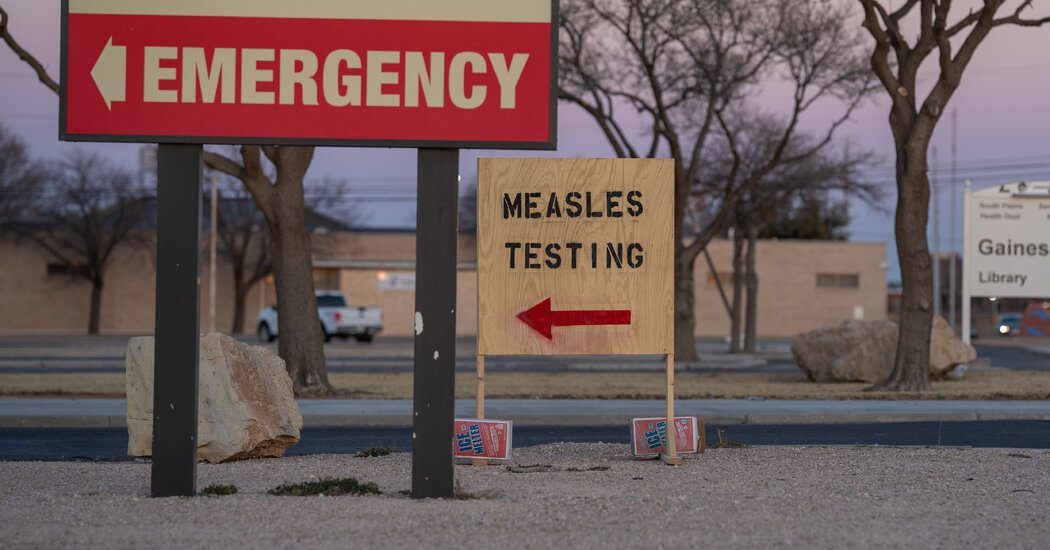
As respiratory illnesses continue to escalate and once-contained diseases like tuberculosis reemerge, a recent report from the CDC signals that bird flu may be quietly spreading to humans. This finding comes at a time when health authorities are increasingly concerned about the implications of such infections.
The newly released Morbidity and Mortality Weekly Report sheds light on three instances of the highly pathogenic avian influenza H5N1 among US veterinarians interacting with cattle—two of which have no identifiable source of exposure, raising concerns about undetected transmission.
Interestingly, none of the veterinarians showed any flu-like symptoms, and no evidence of human-to-human transmission has been confirmed. Nevertheless, scientists worry these instances could signal a looming risk, as the virus might just need a few genetic changes to facilitate human transmission.
These cases were uncovered through antibody tests conducted on 150 veterinarians across 46 states in September, highlighting that bird flu infections may occur outside known outbreak zones. One of the affected veterinarians operates in Georgia and South Carolina, yet neither state has reported any bird flu in their dairy herds.
“There are evidently infections occurring that we are not capturing,” remarked Emory University virologist Seema Lakdawala in an interview with Emily Anthes from the New York Times.
Recent experiments have confirmed that H5N1 can be transmitted through cow’s milk. In response to these revelations, health officials are urging all states to participate in a national milk testing strategy.
With any rapidly mutating virus, lapses in control can provide numerous opportunities for random mutations to occur, potentially leading to new avenues for transmission among humans.
“If human infections are happening more frequently than we realize, we risk overlooking minor changes that could enable the virus to spread more easily among people,” commented Lauren Sauer, an infectious disease researcher at the University of Nebraska, during a discussion with NPR.
The CDC recently confirmed the first case of human H5N1 in Nevada, bringing the total number of known cases in the US to 68. Additionally, Nevada has identified a new strain of H5N1 in cattle, designated D1.1, which may exhibit enhanced replication capabilities within mammalian cells.

“Effectively controlling the spread of viruses requires diligent tracking,” remarked Jodie Guest, an epidemiologist at Emory University, in light of the first reported human H5N1 death in the US on January 6, 2025.
However, delays in information dissemination caused by a communication freeze from specific federal health agencies complicate these efforts.
As a result of the CDC’s data removal, there has been growing concern regarding H5N1 cat-to-human transmission, which has now been contradicted by newer information.
According to KFF Health News, it appears dairy workers may have inadvertently transmitted the virus to cats through their work clothing, but this information remains unreleased. Currently, data from these health organizations is not as readily available as before.
“Currently, CDC is not sharing influenza data via the global platforms of WHO, including FluNet and FluID, which they have historically utilized for many years,” expressed WHO epidemiologist Maria Van Kerkhove during a media briefing.
“We are in touch with them, but have yet to receive a response.”
While older bird flu strains have exhibited cat-to-human transmission, no such cases have been identified with H5N1 thus far. Recently, two cats in Oregon were euthanized after contracting the virus from raw pet food.
Health officials are now advising the public to distance themselves and their pets from raw dairy products, refrain from feeding pets raw meat, avoid direct contact with wildlife, and utilize protective gear when handling potentially infected livestock.
Signs of animal infection include fever, lethargy, loss of coordination, circular movement, head tilting, and difficulty standing or flying. These symptoms should be reported to local authorities immediately.
The CDC’s Morbidity and Mortality Weekly Report can be accessed here.









